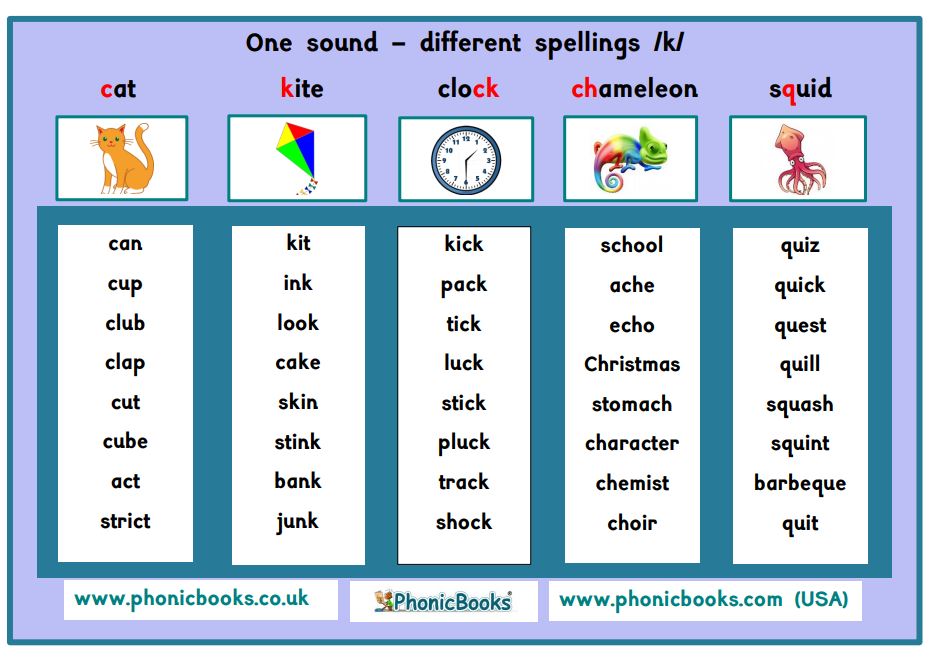It is that time of year and, although in this COVID year everything seems subdued, we have Christmas messages, wishes and advertising everywhere. Children will be busy writing lists for Santa and decorating Christmas cards. You just can’t escape the words ‘Merry Christmas’!

This is a good opportunity for some ‘incidental phonics’ teaching.
So, what is incidental phonics?
It is now accepted that because the English Alphabetic Code is so complex (44 sounds spelled by 175 different letter combinations) we should teach it in a systematic, synthetic phonics way. That is, with clear scaffolding which includes a logical sequence and scope. This means that at the early stages of learning to read, children will encounter words with spellings they have not yet been taught. When we come across these words, we can teach them incidentally, as they crop up. This often happens in the context of topic work when certain vocabulary is important and needs to be introduced. These are useful teaching opportunities when words present themselves, as the word ‘Christmas’ does during the winter festive season. As it is omnipresent, why not teach students how to read and spell this word?
BUT
In order to teach phonics incidentally, we have to put in place systematic phonics as a foundation so that the ‘incidental’ words are just an added building block onto the solid construction already built.
What is the construction?
When we teach reading systematically, we are teaching children a way of understanding our writing system. This is a kind of ‘mindset’. What do they need to understand?
- The Alphabetic Principle – letters spell sounds in words
- Sounds can be spelled by 1-4 letters (c–a–t, sh-i-p, n-igh-t, d-ough)
- Sounds can be spelled in different ways (rain, baby, stay, came etc)
- Spellings can be pronounced in different ways (apple, swan, baby etc)
Once students have internalised this way of thinking about our writing system, then we can add new ‘bricks’ to our construction.
Early on in all good phonics programmes, children are taught that the sound /k/ can be spelled in three ways: with the letters ‘c’ as in ‘cat’, ‘k’ as in ‘kitten’ and ‘ck’ as in ‘duck’. Now adding the spelling ‘ch’ for the sound /k/ is not a big surprise. It just expands on what the children have learned before! ‘ch’ is just another digraph (two letters spelling one sound) for the sound /k/. When incidental phonics is fastened safely onto an already secure systematic phonics, new knowledge is embedded and transferred into long-term memory. That is when learning has taken place and is secure. The best activity to consolidate this concept is to get children to sort words with the different spellings of /k/ into teams according to the spellings of /k/. You can also help the child explore other words with this new spelling, which is Greek in origin: school, echo, ache, stomach, character and more.
Now children will be ready to learn how to read and spell the word ‘Christmas’. They will treat the new spelling ‘ch’ as just an additional alternative for the sound /k/. You can teach them how to split the word into syllables (Christ/mas) and how to segment the sounds within each syllable (Ch-r-i-s-t/m-a-s). They will now be able to read and spell the word – not by shape but by sounding out all the letters.
There! You have taught the word ‘Christmas’ with incidental phonics!
Here is our graphic showing the first five spellings for the sound /k/. It can be displayed in the classroom to remind the children what the spellings are.
You can see all our ‘One sound different spellings’ free infographics here:

#phonics #teachreading #voweldigraphs #vowelteams

